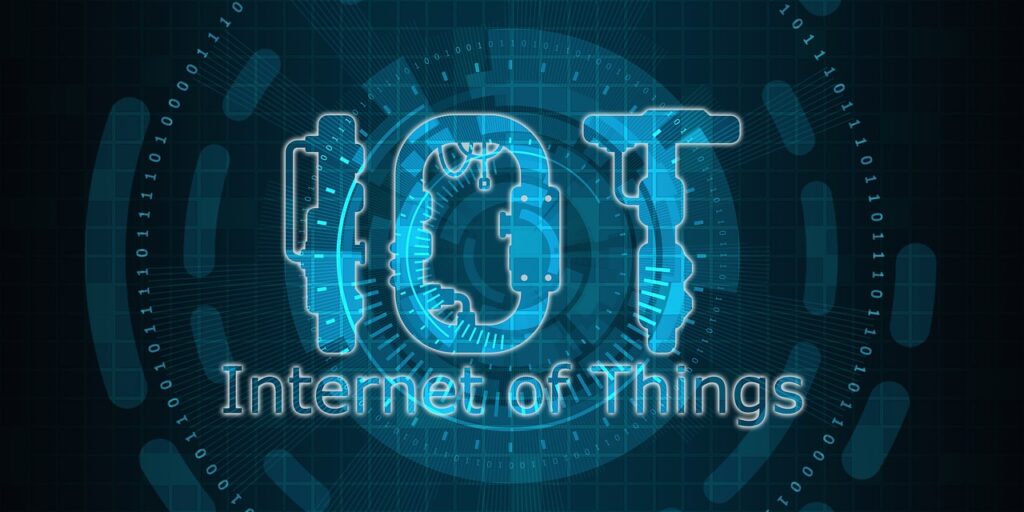- IoT Integration: Digital innovations such as the Internet of Things (IoT) are revolutionizing the retail sector by improving consumer experience and inventory control.
- Benefits of Internet of Things: Retailers may reap a multitude of benefits from IoT, including enhanced customer experience via mobile applications and self-paying kiosks, as well as data-driven decision-making and cost reduction.
- Ecosystem Cooperation: Retailers that cultivate relationships throughout the supply chain and make use of technologies such as RFID tags and Bluetooth beacons to build a vibrant ecosystem will be successful.
Recognizing changes in customer behavior is a necessary part of being a forward-thinking retailer. The increase in cashless purchases in recent years has perhaps been one of the biggest shifts.

Approximately four out of ten Americans (41 percent) say they never pay with cash for any of their purchases in a normal week, up from 29 percent in 2018 and 24 percent in 2015. This information comes from a Pew Research Center survey.
Simultaneously, the hallmark of a forward-thinking retailer is their utilization of cutting-edge technologies to cater to changing consumer demands, such the shift towards cashless transactions.
Internet of Things (IoT) solutions are specifically used by today’s tech-savvy merchants to improve customer satisfaction, increase operational efficiency, and innovate with actionable insights.
Real-time insights and automated point-of-sale systems
Point-of-sale (POS) systems that are connected to mobile devices can transact with each other thanks to IoT retail solutions. IoT-powered terminals use wireless electronic processing to speed up transactions through cashless and automated payments, regardless of whether customers use Apple Pay, Google Pay, or in-app purchases like facial recognition payments.
Hence, lengthy wait times are decreased, and credit cards are even no longer required, thanks to these IoT-connected point-of-sale devices.
IoT Facilitates Inventory Management, Logistics, and Supply Chain
Retailers can leverage IoT devices to enhance supply chain, logistics, and inventory management in addition to enabling linked point-of-sale systems. Using IoT-powered inventory management systems, for instance, merchants can make sure that supplies and demand match, avoiding stockouts, shortages, overstocks, and food spoiling.
Retailers can also use IoT technology to remotely monitor inventory and distribution, protecting assets, increasing revenue, and facilitating quicker decision-making based on real-time data. Additionally, shops can find and identify misplaced or stolen equipment or assets thanks to IoT technologies.
Intelligent vending machines
Smart vending machines, which are already common at airports, train stations, and towns throughout Europe and Asia, represent another fascinating application of IoT technology. Specifically, dynamic and interactive purchase without the need for human staffing is made possible by IoT edge devices like touchpads, touchscreens, and touchless displays.
Additionally, these devices employ Internet of Things (IoT) sensors to continuously monitor item quality, inventory levels, and mechanical function, alerting retailers to any problems.
Additionally, in order to provide customized consumer experiences, smart vending machines can use analytics and artificial intelligence to process device data. These devices also have digital signage that may display customized messages and recommendations, such as discounts or item availability.
IoT Solutions Require Various Forms of Connectivity
Naturally, having access to several different types of connectivity is necessary to guarantee the always-on state of IoT retail systems. Wide-area cellular and local connectivity technologies like Wi-Fi and Bluetooth are used, for instance, by POS terminals and Internet of Things (IoT) video security cameras to transmit operational and transactional data to the cloud.
IoT retail solutions, such as smart vending machines, will need to employ cellular connectivity instead of Wi-Fi in rural places without access to local infrastructure. However, Wi-Fi and Bluetooth can bridge the communication gap when a smart vending machine is located within a mall or other location without direct access to cellular infrastructure.
IoT Solutions Will Always Be Used
Remember that while more Americans are becoming cashless, only 14% of Americans spend all of their money in cash on a weekly basis. Concurrently, according to a recent IoT estimate, there will be more than 14.3 billion active endpoints globally by 2022, as the number of IoT connections keeps increasing.
In order to stay competitive and keep customers, retailers need to integrate IoT devices into their operations and services as consumer tastes and technology continue to evolve and impact each other.






